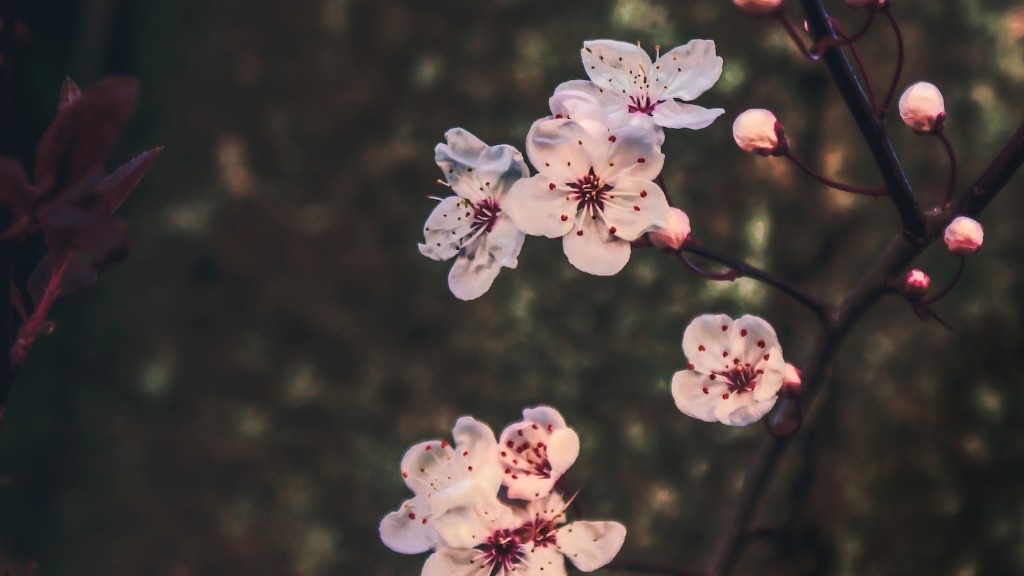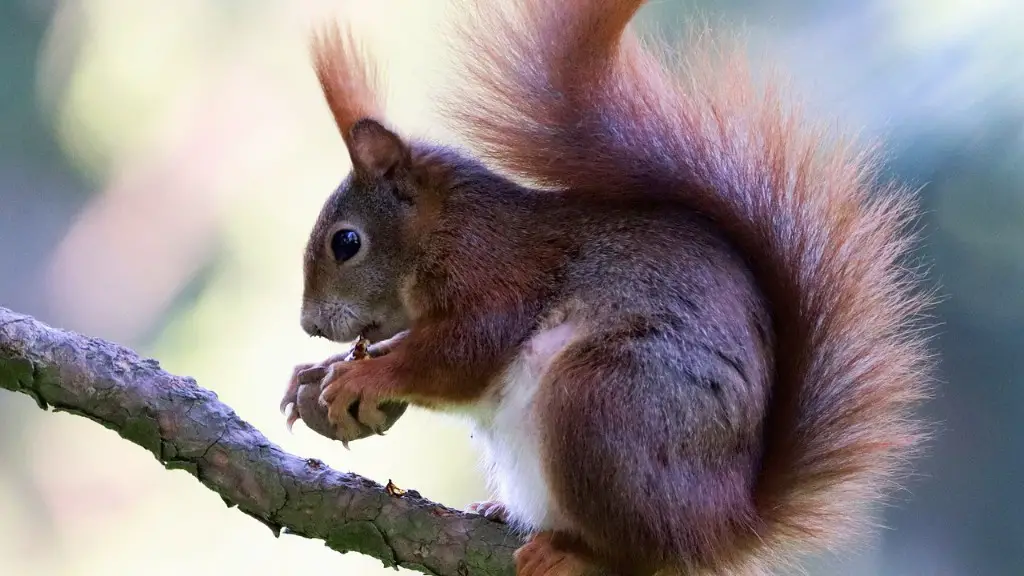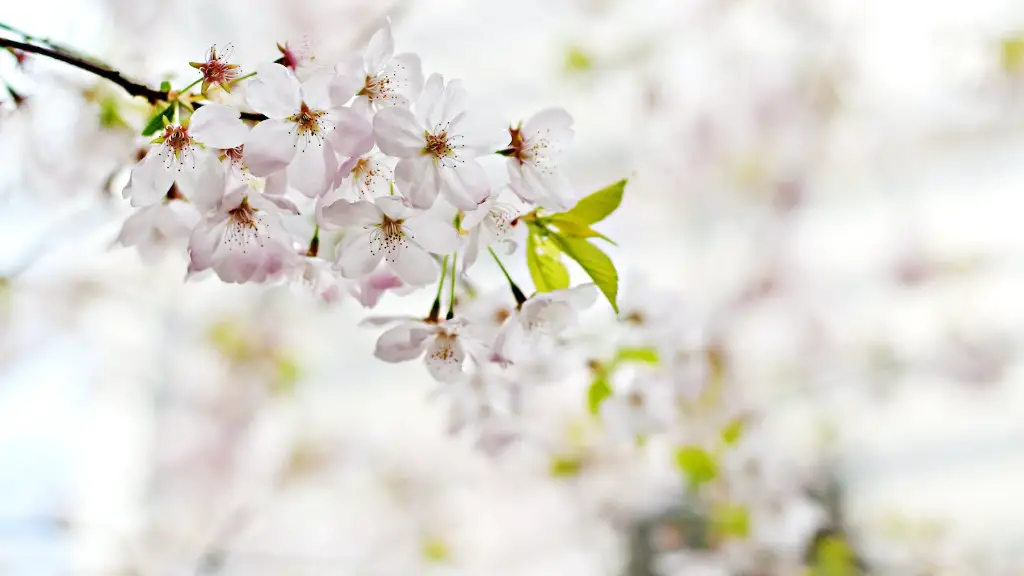Introduction
A black cherry tree (Prunus serotina) is a type of fast-growing deciduous tree belonging to the rose family (Rosaceae). Its scientific name is derived from the Latin word serotina, meaning “late-ripening”; the tree will bear fruit later in the season than other cherry varieties. Black cherry trees can be found throughout much of the eastern and central United States, and they are widely used in various landscaping projects due to their adaptability and spectacular beauty.
Description
The black cherry tree is an attractive and majestic tree. It has an upright, open, oval-shaped crown and reaches heights of 30 to 80 feet and widths of 25 to 40 feet when mature. Its trunk is straight, with a light gray-brown bark that is smooth when young before becoming scaly with age. Its fragrant white blossoms open in the spring and contrast nicely with the leaves, which are elliptical in shape and are dark green and shiny on the top side with a lighter underside. The tree produces dark red ‘cherry’ fruit in the summer, which can be eaten fresh or used for jam and other products.
Benefits
The black cherry tree has many benefits, not only aesthetically but also ecologically. It is useful in windbreaks and habitat restoration as it is a long-lived species that is excellent for birds and other wildlife. Additionally, they are known to improve air quality, reduce soil erosion, provide food and shelter for wildlife, and improve soil fertility. They produce a high-quality wood that is often used to make furniture and tools, and is prized by woodturners and carvers.
Maintenance
Black cherry trees are quite easy to care for. In the first few years, they should be watered regularly and mulched around the base with a layer of organic material such as shredded bark or leaf litter to help conserve moisture and reduce weeds. They can be pruned every few years to ensure a strong, healthy shape and to promote fruit production. Black cherry trees prefer well-drained soil, but they can adapt to a range of soil types if given enough water and fertilization. As it can be prone to insect infestations and disease, pest control is also recommended.
Harvesting
The black cherry tree’s fruit is quite easy to harvest, as it ripens in mid- to late summer and can be picked right off the tree. It can be eaten fresh as a snack or used in baking and cooking. The fruit can also easily be made into juice, jam, or wine. Black cherry wood is valued for its beauty and is used in woodworking and crafting projects, such as in furniture and cabinets.
Wildlife Attractions
The black cherry tree’s fruit is quite popular among birds and small mammals, who come to the area to feast on the delicious and nutritious berries. In addition to providing an irresistible treat, black cherry trees are often used as nesting sites for songbirds. As nesting areas decline in many areas, providing a site for birds to build a safe home can go a long way towards aiding wildlife populations.
Threats
Despite its many benefits and its popularity as a landscaping element, the black cherry tree does have some threats. As its name implies, it is quite susceptible to fire, as well as to pests such as scale, aphids, and borers. It is also vulnerable to flooding and drought, although it is hardy enough to survive the occasional dry spell.
Infectious Diseases
The black cherry tree is susceptible to a range of infectious diseases, including black knot, bacterial canker, and dieback. These illnesses are caused by fungi, bacteria, or other microorganisms that can enter through wounds or natural openings in the bark. These diseases can spread rapidly, causing extensive damage to the tree and reducing its life expectancy. Pruning and treating affected branches is the best way to keep the tree healthy.
Medicinal Uses
The black cherry tree has long been used to treat a variety of ailments, from rheumatism and fevers to diarrhea and sore throats. It has been found to possess anti-inflammatory properties, and its bark and leaves are often boiled and ingested in tea form. Additionally, the moderate bitterness of the fruit is said to be helpful in relieving digestive complaints.
Edible Uses
The black cherry tree’s fruit can be eaten fresh or used in baking, cooking, and jam- making. The fruit is also popular in wine-making, as it can impart a pleasant tartness to the finished product. Even the leaves of the tree are edible, as they can make an excellent addition to salads and other dishes.
Woodworking
The black cherry tree produces a high-quality wood that is much sought after by carvers and woodturners. It is light in color and generally straight-grained, making it ideal for many applications. It is often used to make furniture, cabinets, and other items, and is considered to be one of the most attractive woods available.
Environmental Impact
The black cherry tree is highly valued for its ability to improve air quality by reducing carbon dioxide, as well as its capacity to promote soil fertility and reduce soil erosion. Additionally, the tree’s open canopy provides important shade, helping to reduce temperatures in the surrounding area. Finally, the trees provide habitats for various wildlife species, making them a valuable asset to any natural environment.


